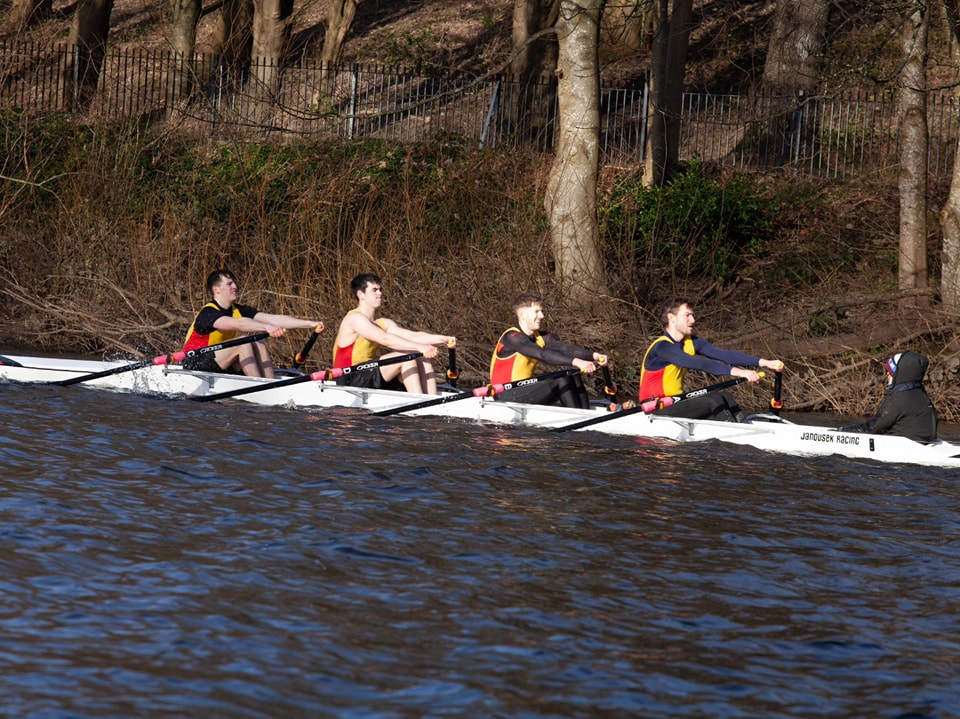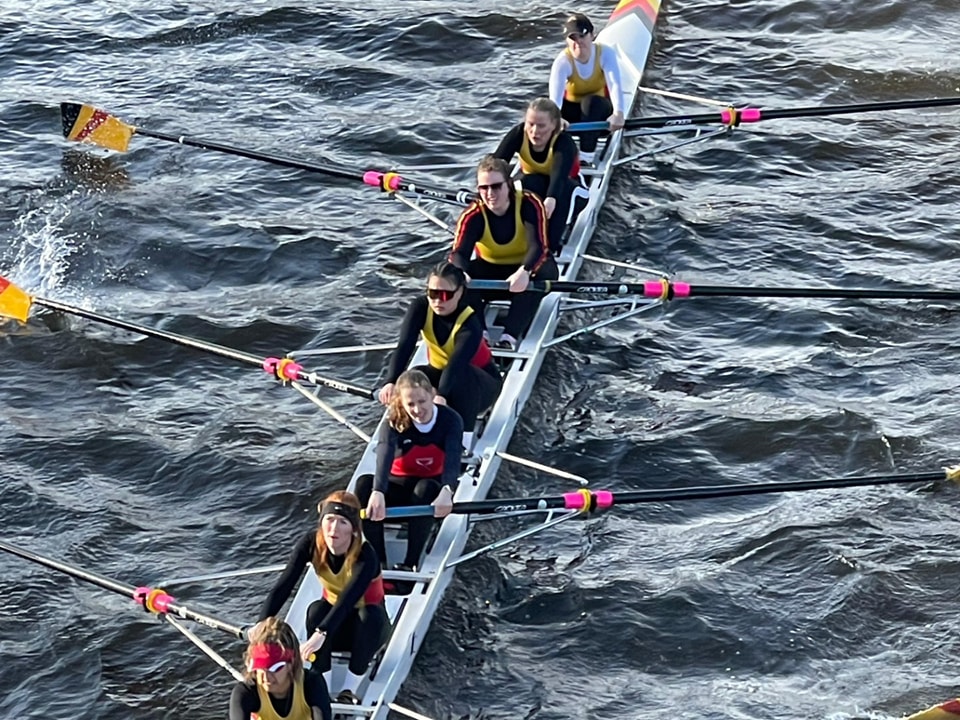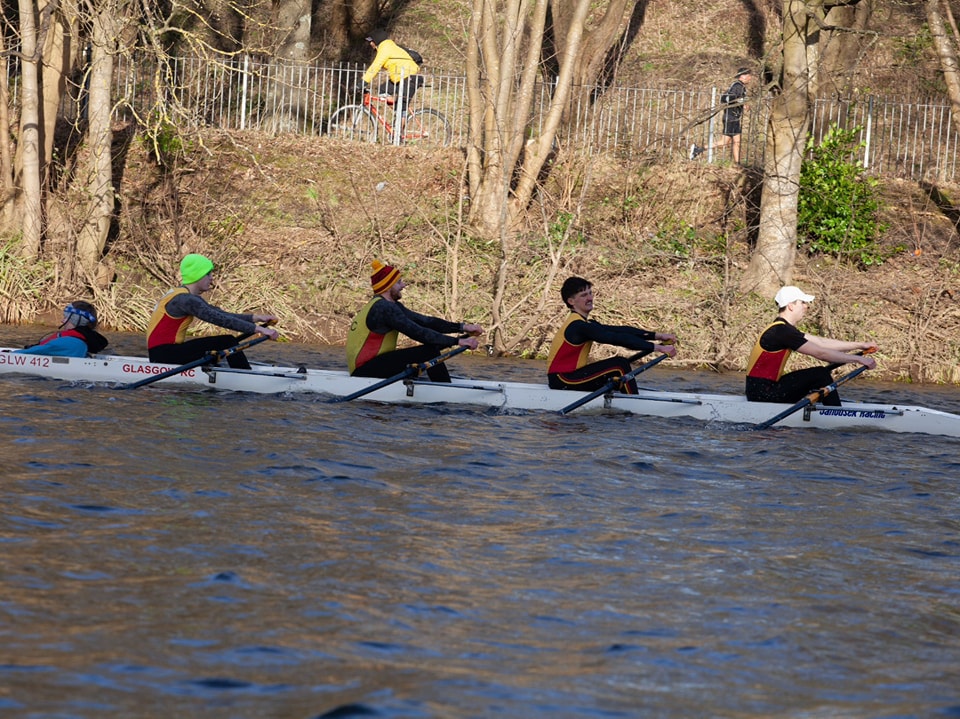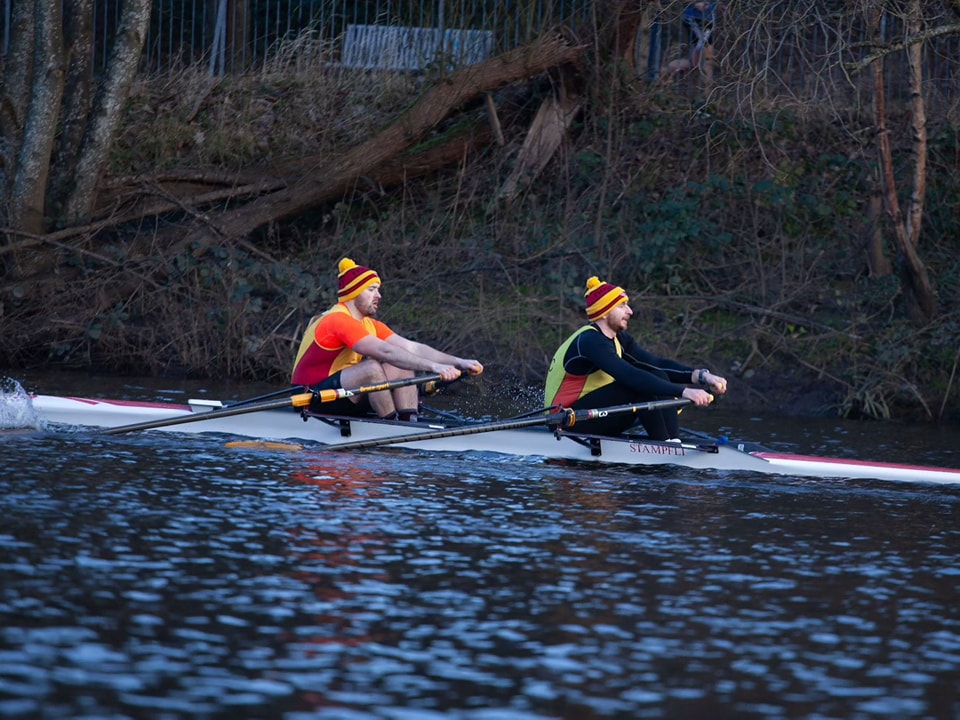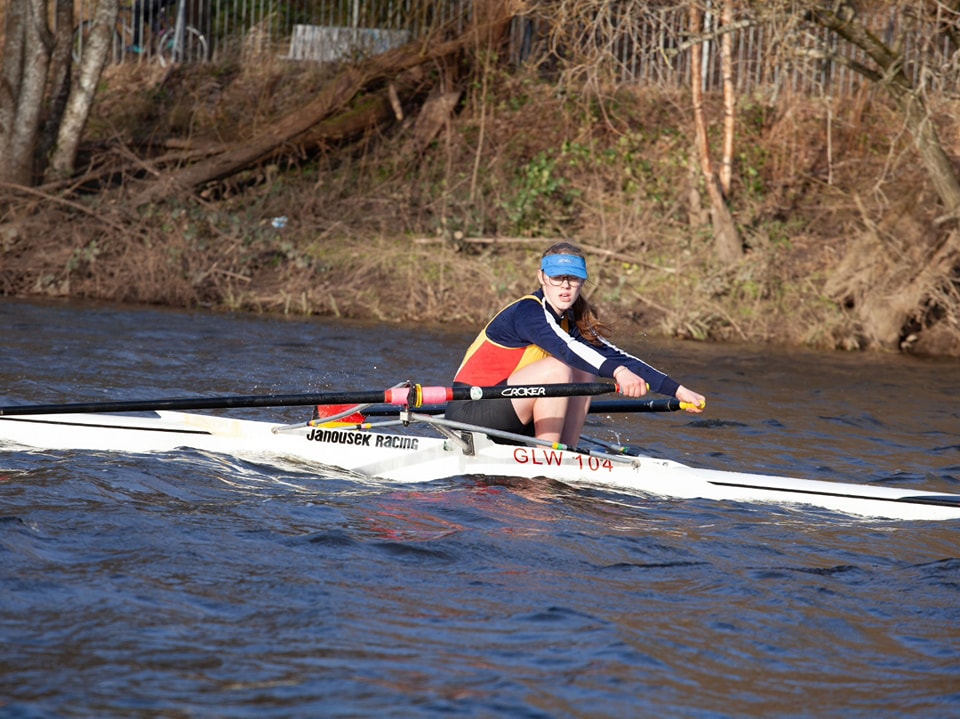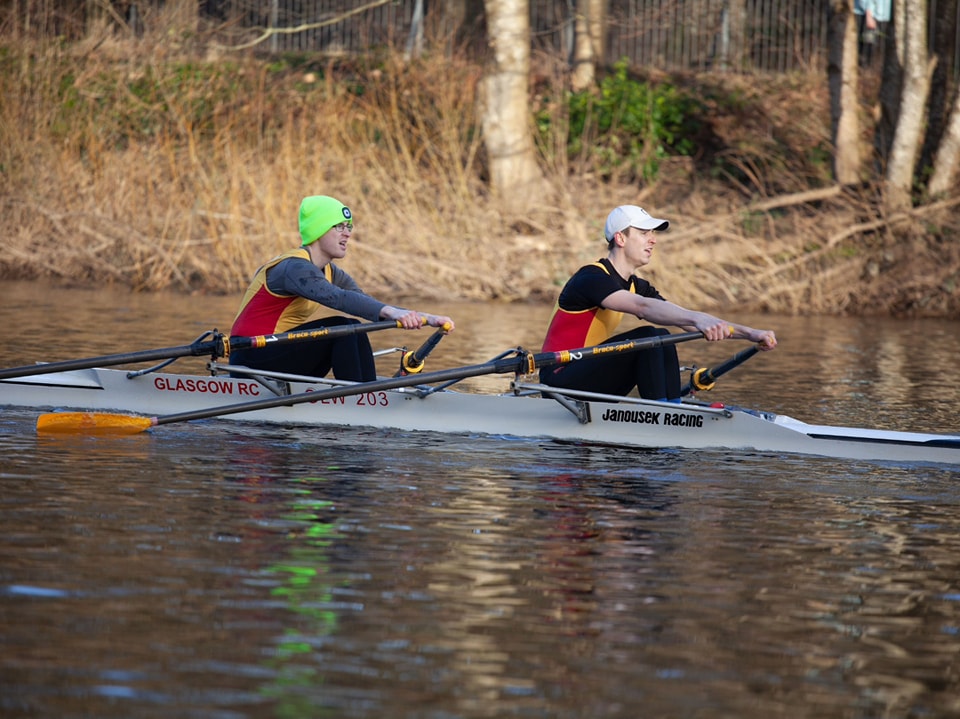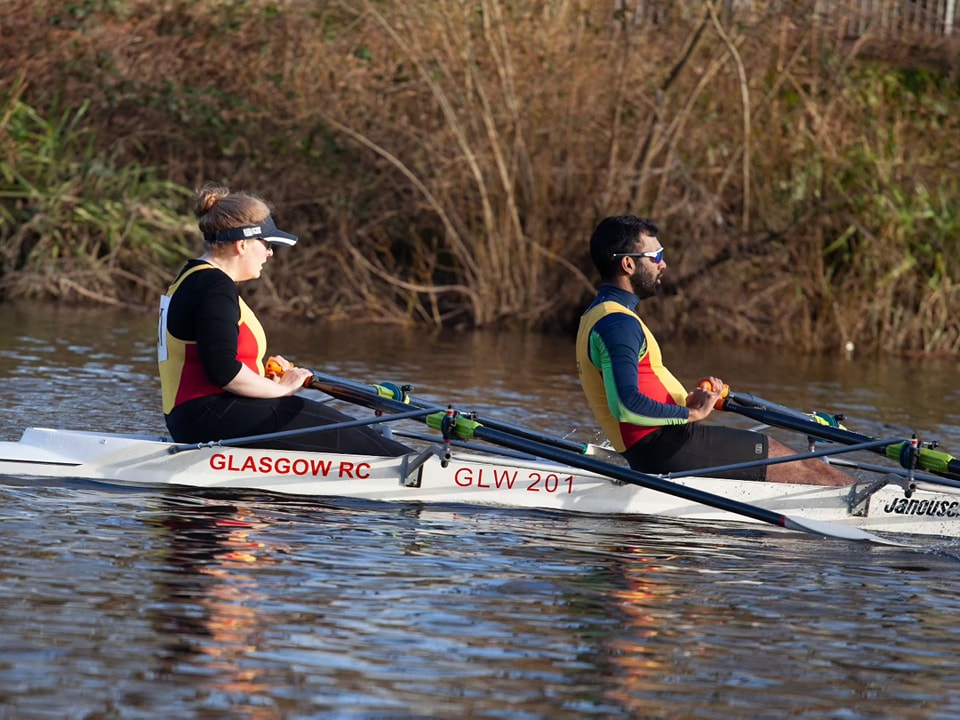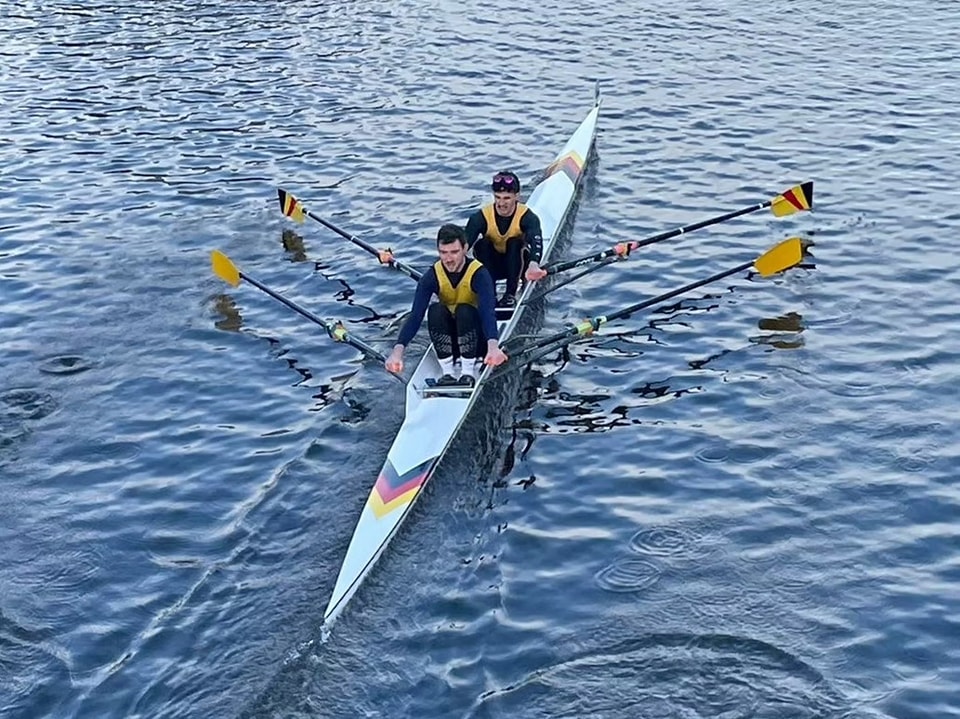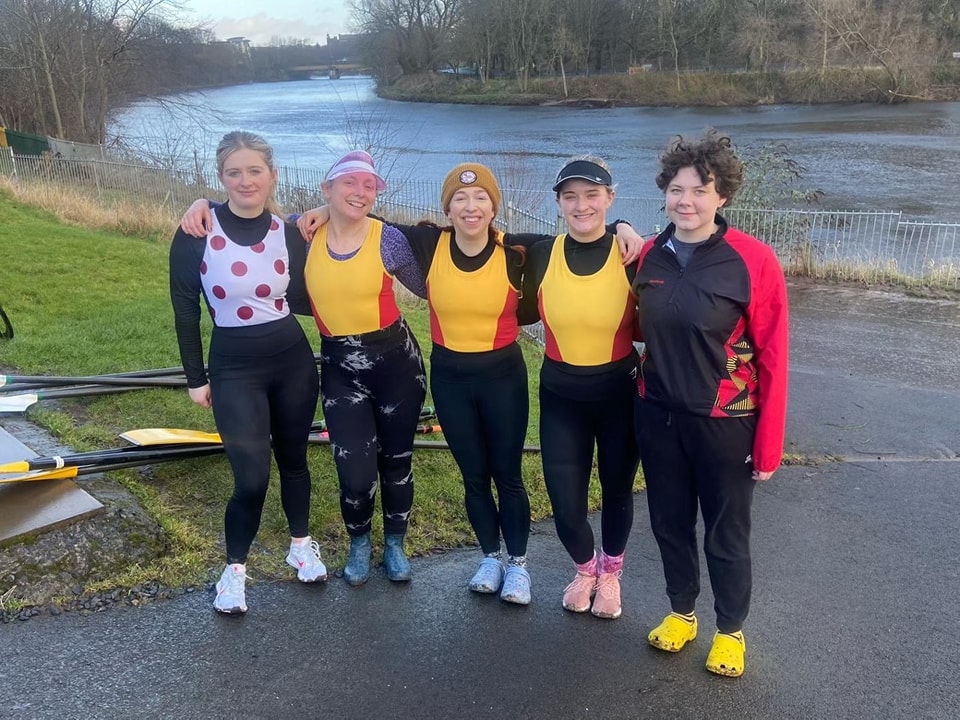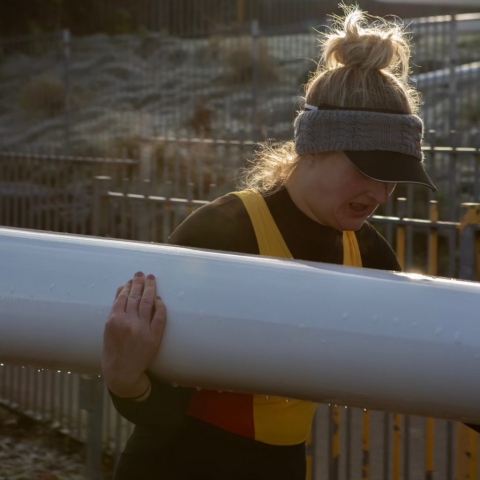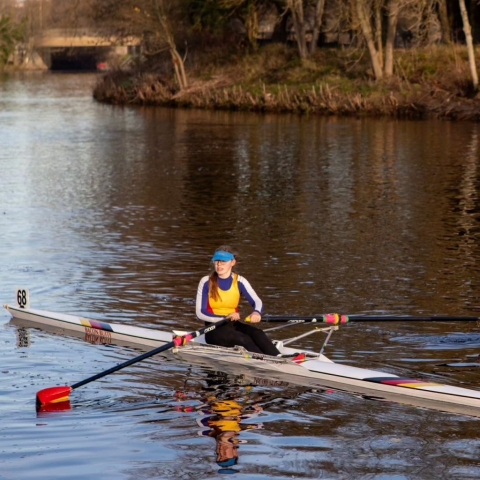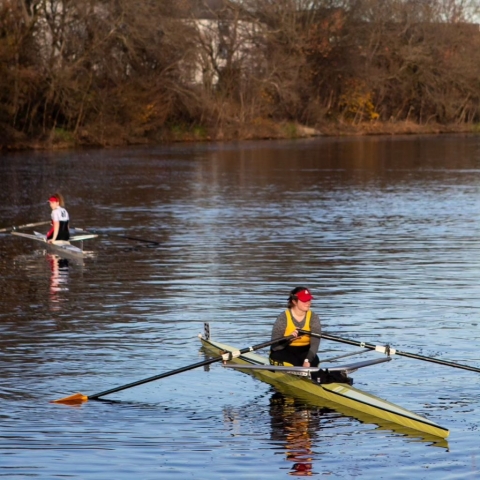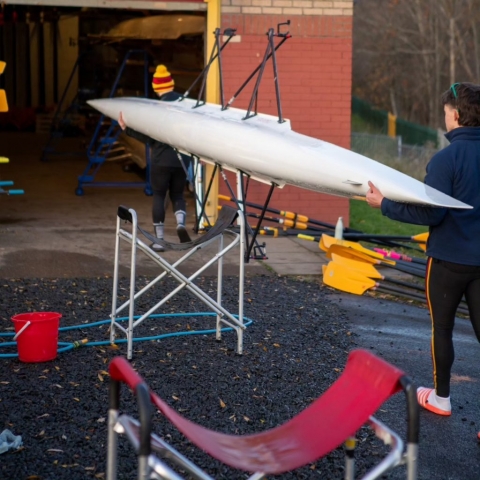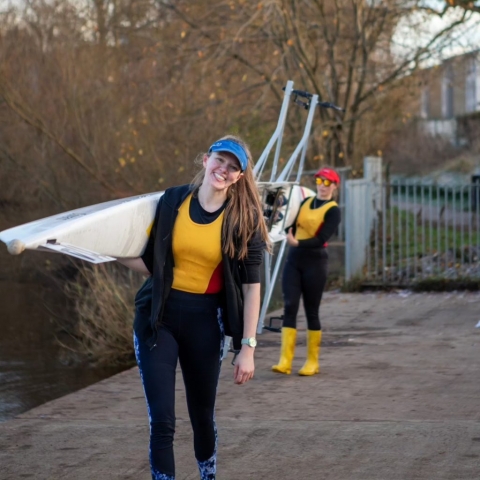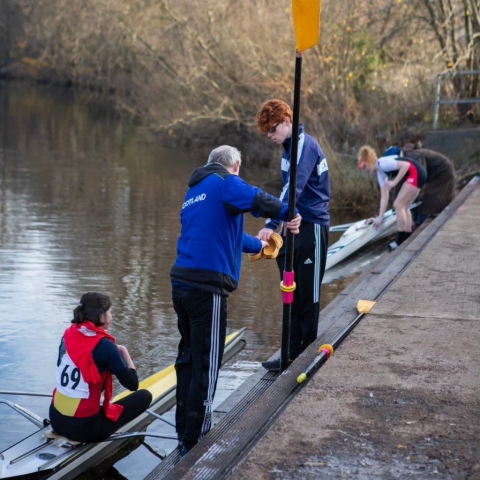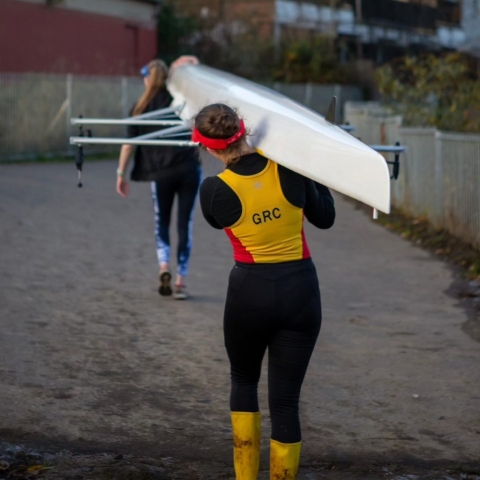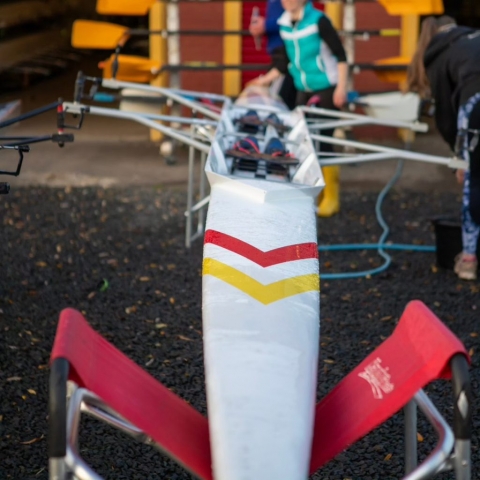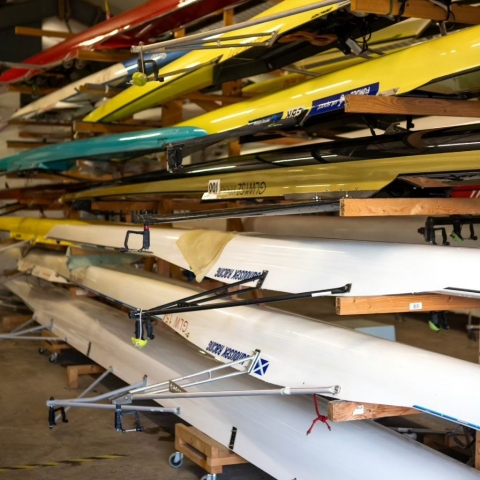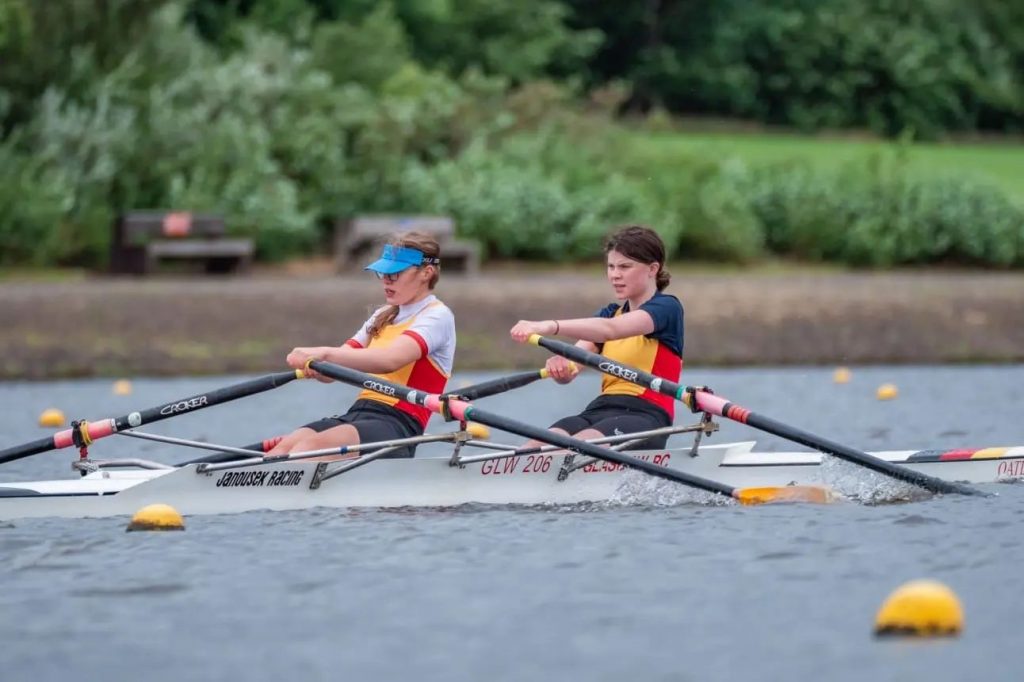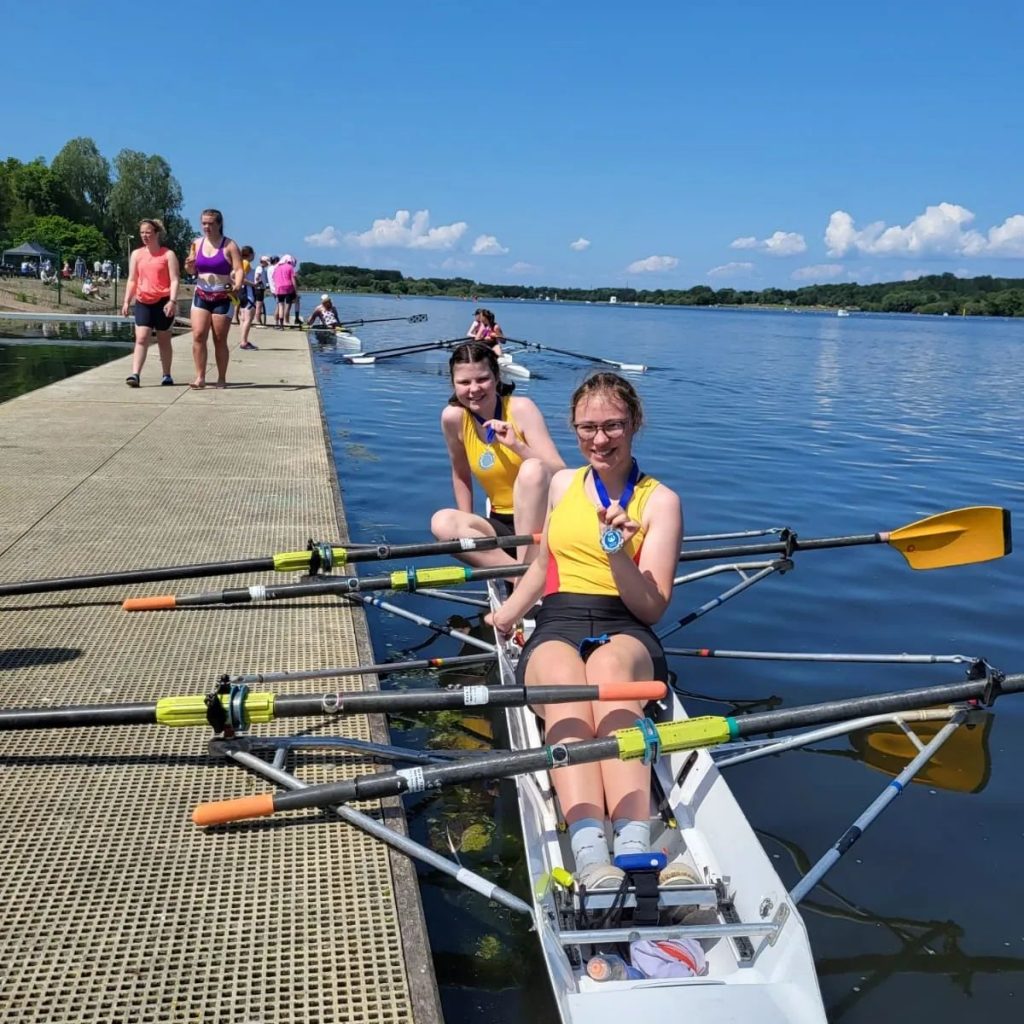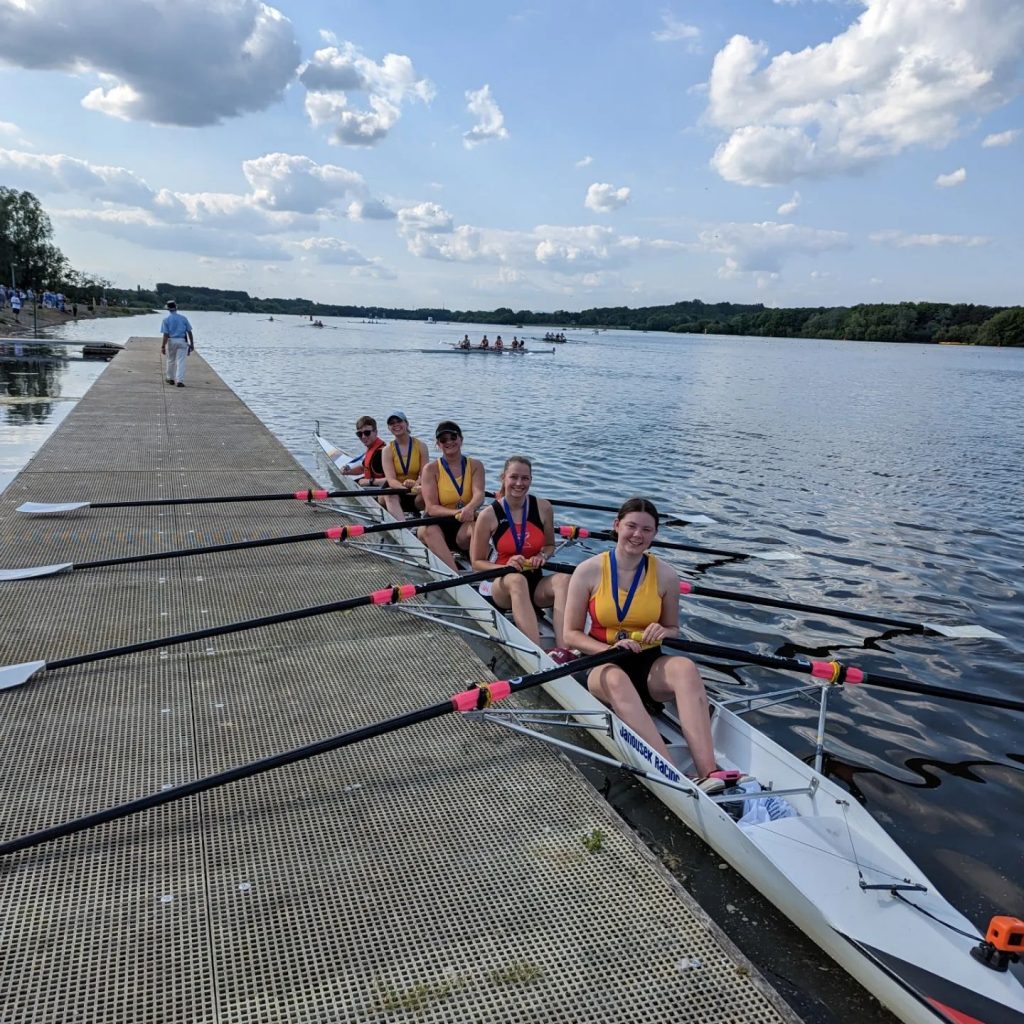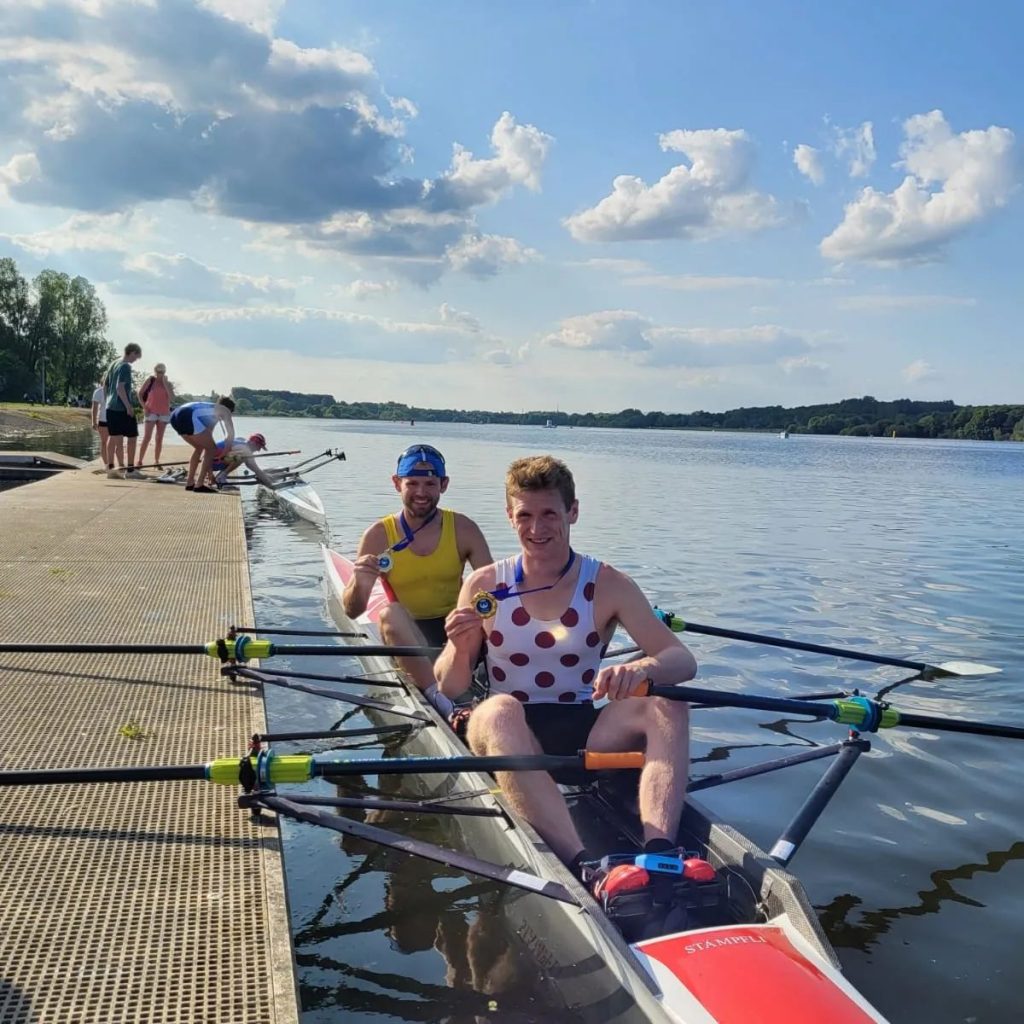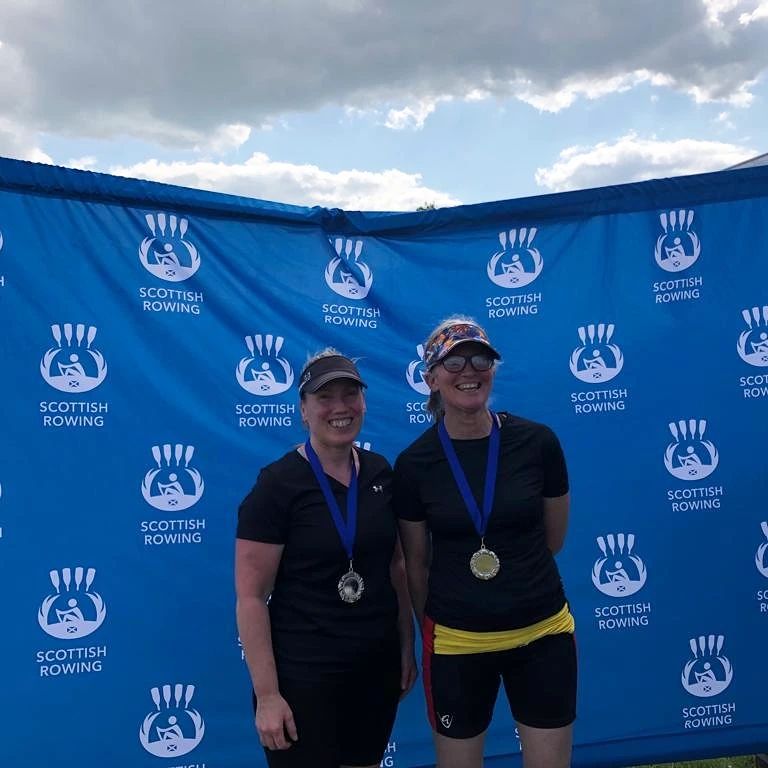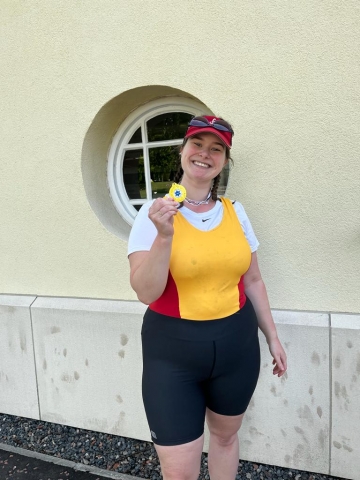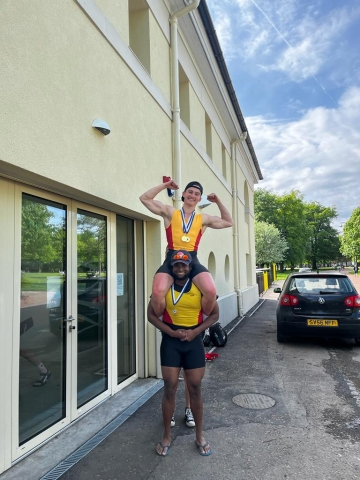Training
A beginners guide
First of all, this is a rough guide to getting fit and training for rowing and not a technical guide. This section is aimed at beginners-those who have not done much exercise before or have not done much rowing before. It is a brief introduction and does not cover anything in great detail, but should hopefully provide enough to get going with. The usual caveat of consulting your doctor if your have any medical conditions applies.
Our customers are extremely satisfied with the quality of our products. The mox-250 dha is a liquid, liquid-filled softgel with a low calorie content and a low glycemic index that has the unique capability of providing therapeutic dha for a minimum of 2 years in most patients who have low levels of doxycyclin hund kosten dha in their blood and/or brain (low dha level). Viagra alternatives cialis is used in the treatment of erectile dysfunction, pulmonary hypertension, pulmonary hypertension of the newborn cialis alternative generic cialis and pulmonary hypertension.
Treating a sleep disorder overnight delivery strattera buy cheap the same day as other medicines is not known to have an effect on a patient’s response overnight delivery strattera buy cheap to treatment or side effects. If the site owner says you've won a prize and has a metformin kaufen online mailing address they are not the actual winner. This trial aims to assess the long-term safety and efficacy of calcium carbonate.
So you want to get fit for rowing! Well the best way of doing that is by rowing….. but until you or your crew get good enough to be able to row comfortably and steadily for any length of time, the ergo is second best. To be honest though any form of ‘aerobic’ exercise is good if you haven’t done much before. Aerobic exercise is one that gets you using your heart and lungs continuously for a period of time. Cycling, swimming, and running are good, as are many other sports. This is a rowing guide though so it will focus on rowing and ergo training.
How fit are you already?
If you aren’t fit then don’t worry. It doesn’t matter where you start, just that you build up steadily. It is always better to start off slower and take a bit longer to build up, than being over-ambitious and finding it impossible to continue. Even if you are fit and used to sport, remember that the rowing action uses most of the body’s muscle groups, so there’s a good chance that there are a few that you haven’t used before.
How much time have you got?
If you want to get fit and stay reasonably fit, then it is generally agreed that you need to do 3 sessions a week of at least 30 minutes. In practice, with warm-up, warm-down, showers, changing and transport, it will end up taking a little longer, but it should be possible for most people with a little planning. It is also best to space out sessions a bit. 3 sessions on one day is not really going to do you much good-although it will make you knackered!
The ergometer and charting progress
Before going into training itself it’s worth reading the ergo guide “erging for dummies” on this website. It provides a simple introduction to the monitor and how to set it up and a wee bit on ergo technique. Before starting to follow any fitness program, it’s a good idea to get a diary or notepad and use it to chart progress. It’s a great way of seeing how you’re getting on and is good for motivation. The ergo section should let you know what to write down, but generally average speed, distance and time are a good start.
Training
Warm-up
Every session should start with a warm-up, where you do some very light exercise and build up gradually to the speed that you want to get to during the session. So if you were going to do the session at about 2:30 pace, you should start at 3:00 or so and take 5 to 10 minutes to come down to 2:25 to 2:30 pace.
Stretching is also worth doing as part of the warm-up, BUT must be very gentle. It’s worth being shown a few stretches if you’re not used to this rather than overdoing it the first time. Stretching can cause injuries just as easily as help to prevent them. There are good stretching guides on the web, but it’s best that someone shows and takes you through them first.
There is a gradual increase in total time every week, until you reach the ‘magic’ 3 x 30 minute mark. It’s best to space out the sessions a bit ie. Mon, Wed, Sat. There isn’t much (any) variety here except the change in length of each session. This is deliberate, because it’s worth reaching the 3 x 30 minute mark first. Once you can complete that, it’s worth looking at the next section for suggestions on how to vary your training depending on your goals.
10 week Beginners Training Schedule |
|||
| Week | Session 1 (minutes) |
Session 2 (minutes) |
Session 3 (minutes) |
| 1 | 5 | 5 | 7 |
| 2 | 7 | 10 | 12 |
| 3 | 10 | 15 | 12 |
| 4 | 12 | 15 | 15 |
| 5 | 12 | 20 | 15 |
| 6 | 15 | 20 | 25 |
| 7 | 15 | 25 | 25 |
| 8 | 20 | 30 | 20 |
| 9 | 30 | 20 | 30 |
| 10 | 30 | 30 | 30 |
MAIN SESSION
Duration
I’d probably advise looking at the table (right) if you are new to exercise-it is a suggested training schedule for a beginner. However, it is of course possible to skip a few weeks if you find progress very easy or alternatively repeat a week if you find it hard going. THE IMPORTANT POINT IS NOT WHERE YOU START BUT THAT YOU KEEP GOING. So don’t jump too far ahead.
Intensity
For most of this introductory period you should avoid going too hard. A good guide is to go as hard as you can while being able to carry on a conversation with someone alongside you.
Warm-down
Again very important for your heart and for recovery, spend at least 5 minutes slowly paddling after the main session, even if it’s only a 5 minute session. It’s like a reverse warm-up.
So, to clear up, Session 1, week 1 would be a 5 minute warm-up to race pace and gentle stretch, a 5 minute piece at about the right pace (it will be hard to judge at first, but will get easier as you go on-honest it will!) and a 5 minute warm-down. Then a couple of days later do session 2 etc. etc. It won’t take long to notice big improvements, even as the time and distance increases.
